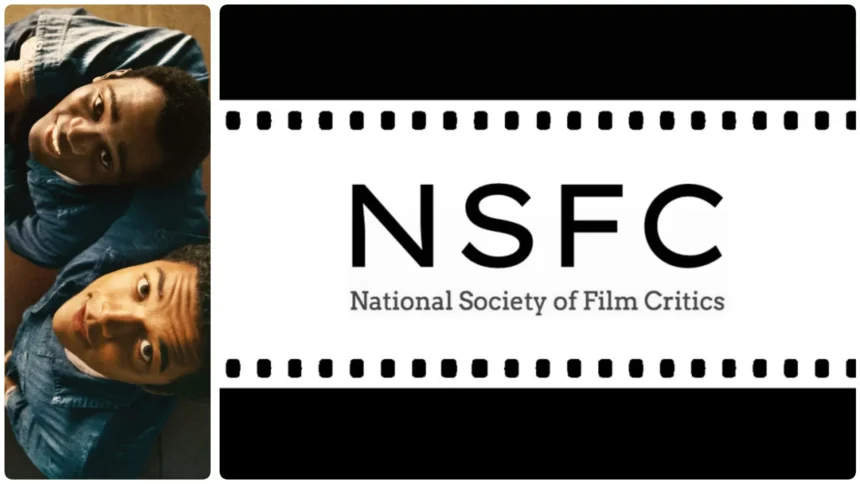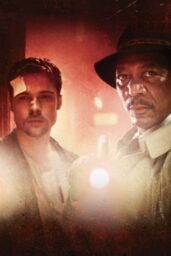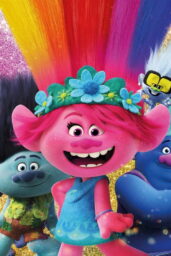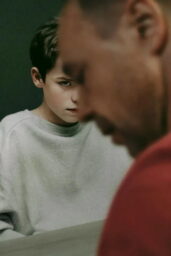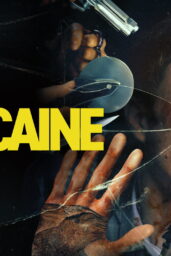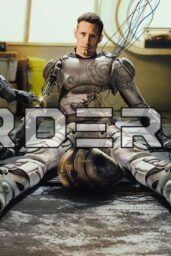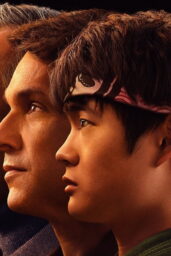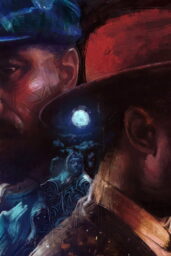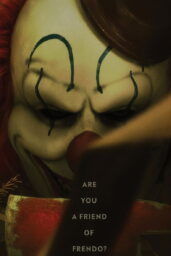RaMell Ross' “Nickel Boys” is not just a movie; it's a cinematic provocation. Named Best Picture by the National Society of Film Critics, the film has stirred both acclaim and debate with its unconventional storytelling and searing depiction of racism in mid-20th-century America. Adapted from Colson Whitehead's Pulitzer-winning novel, Ross' first narrative feature ventures boldly into uncharted visual and emotional territory. But does its style-heavy approach resonate, or does it falter under its ambitions?
A Visually Arresting Start
Set against the backdrop of the notorious Nickel Academy, a reform school exposing the brutal realities of systemic abuse, Ross constructs a world that is both hauntingly specific and universally resonant. The first act grips the viewer with its dizzying tilt-a-whirl cinematography and alternating first-person POV shots that thrust us into the shoes of its young protagonists. It's a technique that, while innovative, demands a lot from its audience—a gamble that pays off in emotional immediacy but risks alienation as the story progresses.
The visual language of “Nickel Boys” borrows liberally from documentary aesthetics, reminiscent of Ross' celebrated debut, Hale County This Morning, This Evening. Interspersing historical stock footage, grainy recordings, and abstract montages, the film crafts a kaleidoscope of memories and trauma. However, these stylistic flourishes can sometimes overshadow the narrative, diluting its emotional impact.
The Story Beneath the Style
At its core, “Nickel Boys” chronicles the bond between Elwood and Turner, two boys navigating the dehumanizing horrors of Nickel Academy. Their friendship offers a glimmer of hope amidst pervasive darkness, embodying resilience in the face of systemic oppression. Yet, Ross' refusal to linger on the characters' faces—a deliberate choice to universalize their pain—paradoxically distances us from their struggles. We empathize with their plight, but the connection feels more intellectual than visceral.
The screenplay, co-written by Ross and Joslyn Barnes, is unrelentingly unconventional. Dialogue is sparse, subtext reigns, and linearity is tossed aside in favor of thematic resonance. While this approach invites reflection, it also tests patience. At 140 minutes, the film's overindulgence in its own artistry sometimes detracts from the urgency of its message.
A Divisive Legacy
Critics have hailed Ross' work as revolutionary, with the New York Times declaring that he “reinvented the act of seeing.” Hyperbole aside, it's undeniable that “Nickel Boys” challenges our perception of what cinema can be. Yet, for all its ambition, the film occasionally feels like a triumph of style over substance—a visual poem that struggles to sustain its emotional heft.
Ross' choice to alternate perspectives and weave in third-person static shots adds layers to the narrative but leaves some threads underdeveloped. The deliberate pacing, while meditative, borders on self-indulgent, demanding not just attention but surrender.
“Nickel Boys” is a cinematic Rorschach test, revealing as much about the viewer as it does about the story it tells. It's an ambitious, flawed masterpiece—a film that dares to break the rules, even if it stumbles in the process. For RaMell Ross, this is not just a debut; it's a declaration of intent.
Personal Impressions
Having watched “Nickel Boys” twice, I find myself caught between admiration and frustration. The first hour left me spellbound, its audacity unparalleled. But as the film unfolded, its relentless pursuit of visual innovation began to feel like a barrier rather than a bridge. By the time the credits rolled, I was more impressed than moved.
That said, “Nickel Boys” is an important film—one that sparks conversation, if not consensus. It's a movie I'll revisit, hoping that time might soften my reservations or deepen my appreciation.
Complete List of National Society of Film Critics Award Winners
Best Picture:
- Winner: Nickel Boys
- Runners-up: Anora, All We Imagine As Light
Best Director:
- Winner: Payal Kapadia (All We Imagine As Light)
- Runners-up: RaMell Ross (Nickel Boys), Sean Baker (Anora)
Best Actor:
- Winner: Colman Domingo (Sing Sing)
- Runners-up: Adrien Brody (The Brutalist), Ralph Fiennes (Conclave)
Best Actress:
- Winner: Marianne Jean-Baptiste (Hard Truths)
- Runners-up: Mikey Madison (Anora), Ilinca Manolache (Do Not Expect Too Much From the End of the World)
Best Supporting Actress:
- Winner: Michele Austin (Hard Truths)
- Runners-up: Aunjanue Ellis-Taylor (Nickel Boys), Natasha Lyonne (His Three Daughters)
Best Supporting Actor:
- Winner: Kieran Culkin (A Real Pain)
- Runners-up: Guy Pearce (The Brutalist), Edward Norton (A Complete Unknown), Adam Pearson (A Different Man)
Best Screenplay:
- Winner: Jesse Eisenberg (A Real Pain)
- Runners-up: Radu Jude (Do Not Expect Too Much From the End of the World), Sean Baker (Anora)
Best Cinematography:
- Winner: Jomo Fray (Nickel Boys)
- Runners-up: Lol Crawley (The Brutalist), Jarin Blaschke (Nosferatu)
Best Nonfiction Film:
- Winner: No Other Land
- Runners-up: Dahomey, Soundtrack to a Coup d'Etat
Best Foreign-Language Film:
- Winner: All We Imagine As Light
- Runners-up: Do Not Expect Too Much From the End of the World, The Seed of the Sacred Fig
What are your thoughts on bold, experimental films like Nickel Boys? Do you believe style can enhance or detract from a movie's substance?

